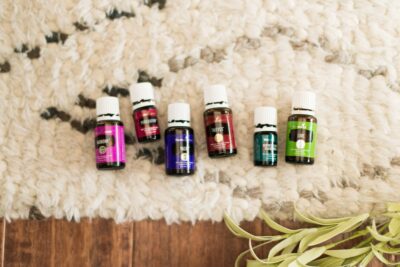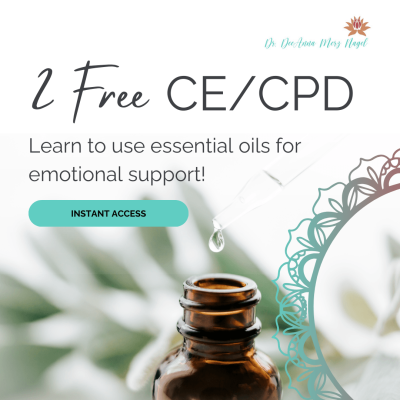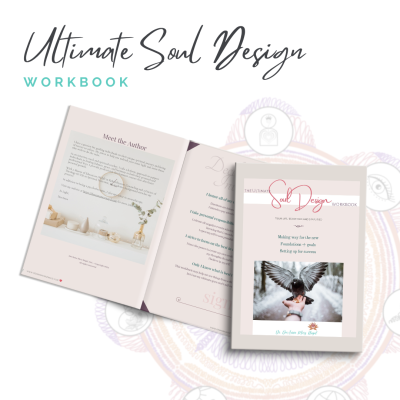 Psychotherapists and other mental health practitioners are constantly seeking new interventions to supplement traditional talk therapy techniques of old. Traditional methods of psychotherapy include the incorporation of various counseling theories, including but not limited to cognitive-behavioral, humanistic, existential and psychodynamic approaches.
Psychotherapists and other mental health practitioners are constantly seeking new interventions to supplement traditional talk therapy techniques of old. Traditional methods of psychotherapy include the incorporation of various counseling theories, including but not limited to cognitive-behavioral, humanistic, existential and psychodynamic approaches.
These researched and steadfast theories of the field are taught in major mental health graduate programs. Beyond one’s graduate school training, a mental health practitioner will usually seek out additional training in the form of continuing education, professional development or certification training. It is often written into the licensing laws that a mental health practitioner may not practice a technique without proper formal training. Even with training, the technique, modality or approach must fit into one’s “scope of practice.” While most “scope of practice” definitions are vague, one must consider whether an alternative method such as aromatherapy can enhance the assessment, establishment and fulfillment of goals set forth in the client treatment plan.
Certainly, if a licensed mental health practitioner is going to consider incorporating the use of aromatherapy into one’s practice, continuing education on the topic of essential oils and aromatherapy is crucial. For example, simple diffusion of oils for aroma’s sake may seem a simple intervention, but one must first know the difference between a fragrance and a pure essential oil.
For instance, lavender is commonly known as an aroma that can lift mood and aid in depression. When a person first smells the aroma, the scent is received by the limbic system in the brain and often, an immediate positive reaction is experienced, provided the lavender scent is pure and unadulterated. Diffusing a fragrant oil or burning incense or plugging in the popular fragrance room fresheners on the other hand, could cause a client to develop a migraine headache.
Using essential oils for intentional purposes within the therapeutic session requires then, that the mental health practitioner be trained and understand the potential use for certain oils and where to purchase essential oils that have not been adulterated. Certification as an aromatherapist is not required but it is certainly recommended. While oils can enhance the therapeutic process, certain essential oils could elicit a “scent memory” that may need to be processed with the client. The client may not even be aware of the full impact, even dissociating upon smelling certain aromas. In such a case, the therapist would be required to help the client regain focus.
Other issues must be considered as well Recommending g a certain essential oil intervention could be viewed as working outside one’s scope of practice and could even be regarded as prescribing. Selling essential oils and essential oil blends directly to clients might also place the practitioner in a dual relationship with the client, particularly if the practitioner is selling an essential oil brand through a network marketing company. The essential oil company may be reputable and sell a high quality product, but the business structure of network marketing assumes the client will be placed under the sponsor, in this case, the practitioner, causing an ethical conflict.
Ultimately, aromatherapy and the use of essential oils to enhance mental health is a solid intervention but this intervention must be carefully considered for licensed mental health professionals who are considering incorporating this alternative method into practice with clients.
References
Barnett, J.E., Shale, A.J.,(2013). Alternative Techniques. Monitor on Psychology, 44(4).
Bassman, L. E., & Uellendahl, G. (2003). Complementary/alternative medicine: Ethical, professional, and practical challenges for psychologists. Professional Psychology: Research and Practice, 34(3), 264-270.
La Torre, M. A. (2003). Aromatherapy and the use of scents in psychotherapy. Perspectives in Psychiatric Care, 39, 35–37.
Nagel, D. (2014). Research Bonus: Aromatherapy: Research shows it’s nothing to sneeze at. Therapeutic Innovations in Light of Technology. (4)2, 10-11.
Originally published Heart of Herbs 2014.
Interested in learning more? I teach a course. See below.





